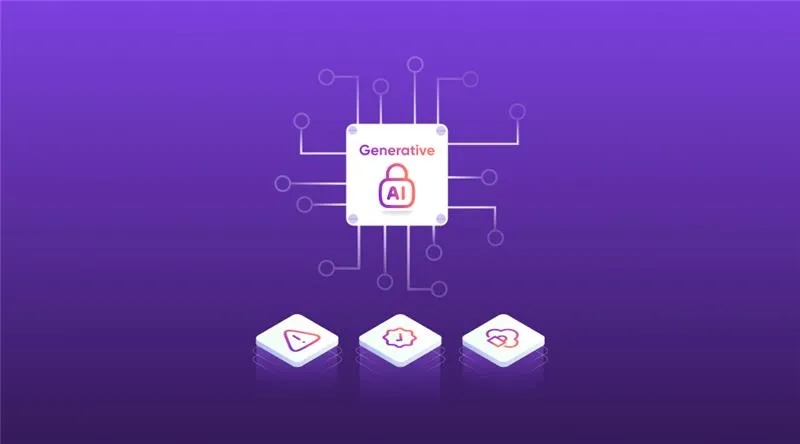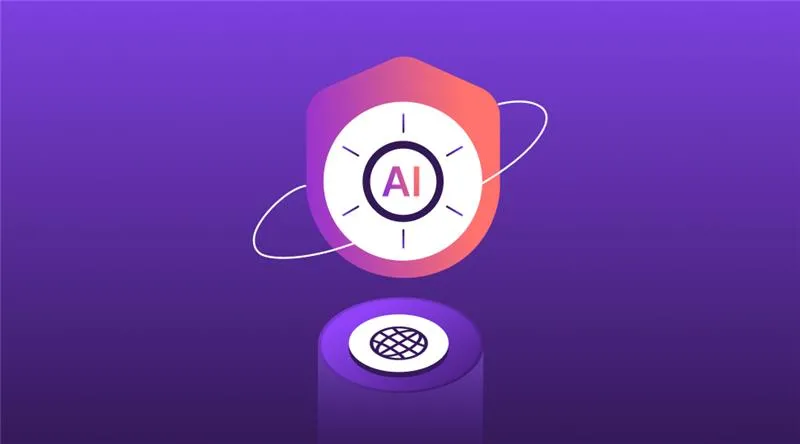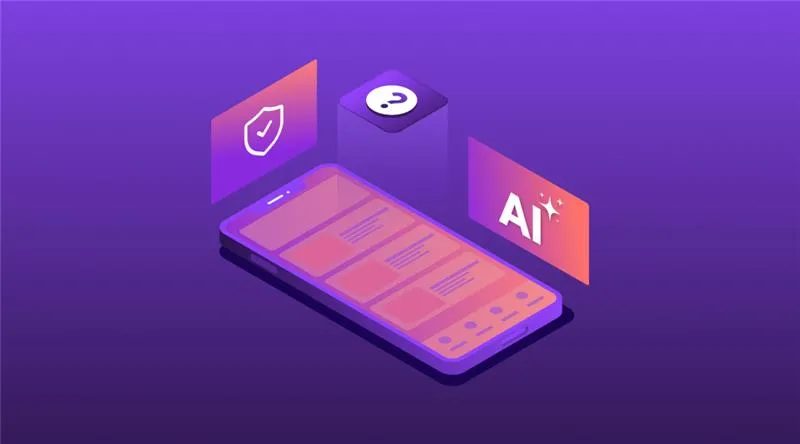Technology

7 min

Discover the complete tech stack and step-by-step development process to build a high-performing fantasy sports app like Dream11. Learn how to choose the right tools, features, and backend systems to scale, engage users, and grow revenue fast. Perfect for startups and businesses entering fantasy sports app development.

By Dhruv Joshi
15 Apr, 2025
Tired of figuring out where to start with your fantasy sports app?
You're not alone.
Most founders and product teams know the opportunity is massive, apps like Dream11, MPL, and My11Circle are pulling in millions of users and generating hundreds of millions in revenue. But when it comes to building your own sports fantasy app, the biggest hurdle is knowing what goes into the tech stack, how long the development process takes, and how to avoid wasting time or money.
If you're asking questions like:
How to build a fantasy sports app from scratch?
What is the ideal tech stack for performance and scale?
How much time and budget should I plan for MVP vs full version?
This blog answers all of that, straightforward, no fluff. Let's get into it.
Before we go deep into the dev process, here's why fantasy sports app development is still booming:
The fantasy sports industry in India is projected to cross $5B by 2027
User base is growing at 30% CAGR, especially in Tier 2/3 cities
IPL, World Cup, and regional leagues create recurring engagement cycles
Monetization is easier than ever via subscriptions, entry fees, ads & more
So, if you're still on the fence, yes, now is the time to build your platform.
Fantasy sports app development isn't just about coding an app. It involves complex game logic, real-time data processing, and secure money handling, all running on a clean and engaging UI.
Here's what your app needs to support:
Live match feeds and player data integration
Team creation and player selection logic
Scoring engine that updates in real-time
Secure user login, wallets, and withdrawals
Admin dashboards, contest management
Anti-fraud & fair play checks
And of course, it should be built for both Android and iOS, ideally cross-platform to save time.
Picking the right tech stack is the foundation of any successful fantasy sports app development project. Here's a breakdown of the core components you'll need.
Your app's user interface must be snappy, responsive, and consistent across devices.
React Native or Flutter
Build truly native experiences on both iOS and Android from a single codebase.
Actionable: Prototype your main screens in React Native first; it offers a vast ecosystem of UI libraries.
TypeScript
Adds type safety to JavaScript, reducing runtime errors.
Actionable: Enforce strict typing in your React Native components to catch bugs early.
GraphQL
Fetch only the data you need, reducing payload sizes.
Actionable: Define a GraphQL schema that mirrors your fantasy league data model
The server side powers your game logic, realtime scoring, and user data.
Node.js + Express.js
Nonblocking I/O for handling thousands of concurrent connections.
Actionable: Structure your Express routes around RESTful principles for clarity.
Go (Golang)
Superb performance and easy concurrency handling, ideal for live scoring engines.
Actionable: Use Go for modules that ingest and process realtime sports feeds.
Python + Django
Great for rapid development, especially if you plan heavy data analysis or AIdriven insights.
Actionable: Leverage Django's ORM for quick database interactions when building admin dashboards.
Data storage and retrieval speed are critical for daily fantasy sports apps where scores update by the second.
PostgreSQL
ACID compliance for financial transactions (entry fees, payouts).
Actionable: Use JSONB columns to store flexible player statistics without schema changes.
Redis
Inmemory caching for leaderboard calculations and session storage.
Actionable: Cache the top 100 leaderboard entries in Redis and update every few seconds to reduce database load.
MongoDB
Documentbased storage for user profiles and match histories.
Actionable: Index commonly queried fields like user ID and match ID for lightningfast lookups.
Live updates separate a fantasy sports app like Dream11 from the rest.
WebSockets (Socket.IO)
Push score updates, chat messages, and notifications in real time.
Actionable: Implement a pub/sub model where your score ingestion service publishes to a Redis channel that Socket.IO servers subscribe to.
Kafka
Handle highvolume event streams from sports data providers.
Actionable: Use Kafka topics for each sport (cricket, football, etc.) to organize and scale your ingestion pipeline.
A robust infrastructure ensures uptime and scalability, especially during big tournaments.
AWS / Google Cloud / Azure
Autoscaling compute (EC2, GKE, AKS) to handle traffic spikes during match days.
Actionable: Configure horizontal pod autoscaling (HPA) on Kubernetes based on CPU and custom metrics like active WebSocket connections.
Terraform
Infrastructure as code for reproducible environments.
Actionable: Versioncontrol your Terraform scripts and review changes via pull requests.
Docker & Kubernetes
Containerize microservices for consistent deployments.
Actionable: Define health checks and readiness probes to ensure zerodowntime rollouts.
A clear, phased process keeps your project on track. Here's a roadmap from concept to launch.
Define Your MVP
Identify core features: user registration, team creation, live scoring, and payment integration.
Actionable: Create a MoSCoW prioritization chart (Must, Should, Could, Won't) to scope your MVP.
Market Research
Analyze competitors: Dream11, MPL, and other daily fantasy sports apps.
Actionable: List 5 features you love in competitor apps and 5 pain points you'd solve better.
Technical Feasibility
Evaluate thirdparty APIs for live sports data and payments.
Actionable: Sign up for trial keys from two data providers and benchmark response times.
Wireframes & User Flows
Map out every screen, from signup to match result pages.
Actionable: Use tools like Figma to prototype critical flows and test with 5–10 users for feedback.
Visual Design
Establish a consistent brand look: colors, typography, iconography.
Actionable: Create a style guide and component library to speed up development.
Sprint 0: Setup
Configure your repositories, CI/CD pipelines, and development environments.
Actionable: Write an initial set of automated tests covering user registration and login.
Sprint 1–3: Core Functionality
Implement user registration, profile management, and basic team creation.
Actionable: Merge PRs only after passing unit tests and peer reviews.
Sprint 4–6: RealTime & Payments
Integrate WebSockets for live scoring and a payment gateway for entry fees.
Actionable: Simulate match events in a staging environment to test your WebSocket flow.
Sprint 7–8: Analytics & Admin
Build dashboards for user analytics and match management.
Actionable: Use Grafana linked to Prometheus metrics to visualize server performance.
Unit & Integration Tests
Cover critical modules: scoring engine, payment processing, and user flows.
Actionable: Aim for 80% code coverage on backend services.
Load & Stress Testing
Simulate peak loads—e.g., 100,000 concurrent users during an IPL final.
Actionable: Use tools like JMeter or k6 to generate WebSocket and HTTP traffic.
Security Audits
Conduct penetration tests and code reviews for vulnerabilities.
Actionable: Fix any OWASP Top 10 issues before launch.
Staged Rollout
Deploy to a small percentage of users first to monitor realworld performance.
Actionable: Use feature flags to enable or disable new features without redeploying.
App Store Submission
Prepare App Store and Google Play assets: icons, screenshots, and descriptions.
Actionable: Follow each store's guidelines to avoid rejections.
Monitor & Iterate
Track KPIs: daily active users (DAU), retention rates, and revenue per user.
Actionable: Set up automated alerts for key metrics and schedule biweekly sprint planning.
User Feedback Loop
Collect inapp feedback and reviews.
Actionable: Triage and prioritize feedback in your product backlog.
Regular Updates
Add new game modes, seasonal events, and performance improvements.
Actionable: Release minor updates every two weeks and major updates quarterly.
| Type | Timeframe | Estimated Cost |
|---|---|---|
| MVP Fantasy App | 3–4 months | $20,000 – $35,000 |
| Full App with Advanced Features | 5–7 months | $40,000 – $80,000 |
| Enterprise Grade App | 7–12 months | $90,000+ |
Note: Pricing depends on complexity, number of sports supported, payment handling, and the fantasy sports app development company you hire.
Want to know the estimated pricing for your specific features? Contact us and get a free consultation to find out.
Beyond tech and process, these factors make or break your fantasy sports app.
Data Encryption: Protect user data both at rest and in transit.
Regulatory Compliance: Adhere to local gaming and data protection laws.
Fraud Prevention: Monitor for suspicious activity, multiple accounts, and bot behavior.
Microservices Architecture: Isolate services so you can scale scoring engines separately from user profiles.
AutoScaling: Configure Kubernetes HPA or AWS Auto Scaling for unpredictable matchday traffic.
Database Sharding: Split user data across multiple database instances to avoid bottlenecks.
Low Latency: Aim for sub200ms response times on core actions like lineup changes.
Intuitive Design: Regularly test with real users to identify friction points.
Offline Support: Cache key data so users can view past scores even with spotty connections.
InApp Events: Track every tap, swipe, and transaction to understand user behavior.
A/B Testing: Experiment with UI tweaks and feature placements to optimize engagement.
Referral & Loyalty Programs: Encourage users to invite friends with inapp rewards.
Fantasy sports user base in India is expected to hit 250M+ by 2026
70% of users are active during live matches, creating daily engagement spikes
Average time spent per user per match day: 35–50 minutes
Dream11 alone holds 85%+ market share in India
If you're building a daily fantasy sports app, there's plenty of room to niche down and grow.
Every successful fantasy sports app needs:
Seamless onboarding & login
Multiple game formats (H2H, leagues, mega contests)
Real-time updates
Secure payment & withdrawal & more...
Want a deeper list? Check out our blog on Essential Fantasy App Features.
Selecting the right team is just as important as choosing the right tech.
Domain Expertise: Prior experience building daily fantasy sports apps or fantasy sports app like Dream11 clones.
FullStack Capabilities: Ability to handle frontend, backend, DevOps, and QA.
Agile Mindset: Comfortable with iterative development and frequent releases.
InHouse Team: Offers deep integration with your company culture but can be costly.
Outsourced Agency: Quokka Labs provides end-to-end fantasy sports app development services, from consultation to launch.
Freelancers: Good for niche tasks, but requires strong project management on your end.
Collaboration Best Practices
Clear Roadmap: Share detailed specs, timelines, and acceptance criteria.
Regular CheckIns: Daily standups and weekly demos keep everyone aligned.
Transparent Communication: Use tools like Slack, Jira, and GitHub for realtime updates.
At Quokka Labs, we've helped startups and sports brands build fantasy platforms that scale. As a top-rated fantasy sports app development company, our team provides free consultations to help you shape the right product roadmap.
Building a fantasy sports app that stands out whether it's a sports fantasy app for cricket, football, or multigame platforms requires the right blend of technology, process, and people. By choosing a scalable tech stack, following a structured development process, and partnering with experienced fantasy sports app developers, you'll avoid common pitfalls and accelerate time to market.
Ready to start your project? Quokka Labs offers free consultations to help you map out your mobile app development journey. Let's discuss your vision, tackle your biggest pain points, and build a platform that users love.
Book your free consultation now and turn your dream into the next big fantasy sports app like Dream11!
Generative AI Implementation Strategy: From Concept to Deployment (Step-by-Step Guide)
By Sannidhya Sharma
5 min read
How to Design a Web App: From Wireframes to Working Prototype
By Dhruv Joshi
5 min read
How Much Does Generative AI Development Cost in 2026?
By Dhruv Joshi
5 min read
How to Build an AI Adoption Roadmap That Ensures Measurable ROI
By Garima Saxena
5 min read

Technology

7 min
Generative AI is moving fast into enterprises, from banks to hospitals to government agencies. Adoption is rapid, but security planning lags. Unlike traditional systems, these models can be exploited through prompt injection, poisoned data, or manipulated to leak sensitive information. They are also misused for phishing, deepfakes, and malicious code.


Technology

7 min
AI-powered Web Application Firewalls (WAFs) go beyond static rules by using machine learning, anomaly detection, and predictive analysis to block zero-day threats, reduce false positives, and protect APIs at scale. Unlike traditional WAFs, they self-learn, adapt in real time, and cut operational costs while improving compliance and trust.


Technology

5 min
AI is redefining mobile app security by transforming how threats are detected, tested, and prevented. From continuous monitoring and fraud detection to compliance with regulations, AI ensures apps remain resilient against modern risks. This means safer apps, protected users, and stronger businesses. Investing in AI-driven security today builds trust, drives growth, and secures long-term competitive advantage.


Feeling lost!! Book a slot and get answers to all your industry-relevant doubts